UK House Prices in May 2024: An Overview
Key Highlights:
- Average house prices were largely static in May, with a marginal decrease of -0.1% month-on-month.
- Annual house price growth increased to +1.5%, up from +1.1% in April.
- Typical UK home price now stands at £288,688, a slight drop from £288,862 in April.
- The North West showed the strongest annual price growth among UK regions, with a +3.8% increase.
Amanda Bryden, Head of Mortgages at Halifax, comments: “UK house prices remained stable in May, with only a slight decline of -0.1%. Annual growth continues, now at +1.5%, with the average property price at £288,688. Market activity has been resilient, supported by strong wage growth and improving economic confidence. This stability in house prices and interest rates should provide confidence to both buyers and sellers.”
Detailed Analysis:
House Price Changes:
- Monthly Change: -0.1% (£288,688 from £288,862)
- Quarterly Change: -0.3%
- Annual Change: +1.5%
Regions Performance:
- North West: Annual growth of +3.8%, average price £232,258.
- Northern Ireland: +3.2% growth, average price £184,486.
- Scotland: +1.9% growth, average price £204,952.
- Wales: +0.7% growth, average price £219,483.
- Eastern England: Decline of -0.8%, average price £329,853.
- London: Slight increase of +0.2%, average price £536,821.
Housing Market Activity:
Property Transactions:
- April 2024: UK home sales increased by 4.6% compared to March 2024, with seasonally adjusted residential transactions totaling 90,430.
- Quarterly Transactions: February to April 2024 saw a 5.9% increase compared to the previous three months.
- Year-on-Year Transactions: 9.8% higher than April 2023.
Mortgage Approvals:
- April 2024: Slight decrease by 0.2% to 61,140, but 25.8% higher year-on-year compared to April 2023.
Market Sentiment:
- New Listings: RICS reports a continued increase, with stock levels at a three-year high of 43 properties per branch.
- Buyer Enquiries: New buyer enquiries have stalled, with a net balance reading of -1%.
- Sales Agreed: Moved back into positive territory with a net balance of +5%.
Conclusion:
Despite the challenges faced by landlords due to recent tax and regulation changes, the overall housing market in the UK remains stable. The slight decrease in monthly house prices, coupled with a steady increase in annual growth, suggests a period of relative stability. The North West continues to lead in price growth, while London remains the most expensive region. The resilience in market activity, supported by strong wage growth and economic confidence, indicates a cautiously optimistic outlook for the housing market in the near term
Industry comments:
Amy Reynolds, head of sales at Richmond estate agency Antony Roberts, says: “Even the prospect of an imminent general election is not deterring buyers and sellers. Our offices are buy, with plenty of viewings and an increase in offers as the weather improves.
“That said, continued uncertainty as to when interest rates might start coming down and the cost of living is leading to some caution, properties spending longer on the market and harder price negotiations.
“First-time buyers in particular are finding it difficult to raise deposits and are relying on the Bank of Mum and Dad more than ever to buy, especially in London. Some stabilising of prices will be welcomed by them in particular.”
Mark Harris, chief executive of mortgage broker SPF Private Clients, says: “With the ECB making its move first and cutting rates this week, all eyes are on the Bank of England to see whether it will do similar at its June meeting. However, the timing of the general election has somewhat dashed those hopes, with an August cut at the earliest seeming most likely.
“Swap rates sharply increased earlier this week but have settled down. Should that volatility dissipate and Swaps fall, lenders could return to the market with more attractive rates. In the meantime, a number of lenders are on withdrawal watch so borrowers who see a rate they like the look of would be wise to secure it to protect themselves from further price fluctuations in the short term.
“The housing market continues to demonstrate resilience as borrowers adjust to the loss of rock-bottom rates and get on with their moves. Mortgage approvals paint a rosier picture, rising year-on-year and are encouraging for the market as the year progresses.”
Tomer Aboody, director of property lender MT Finance, says: “Buyer and seller confidence appears steady, with inflation moving in the right direction and the likelihood of an interest rate cut on the horizon.
“Stock levels have picked up as one would expect at this time of year which is helping keep prices in check but more volume is needed and would-be sellers encouraged to move, as even when interest rates start edging down, affordability will still be an issue for many.
“Some assistance to encourage buyers and sellers would be helpful – whether in the form of reduced interested rates, more flexibility on mortgages or potentially some stamp duty reform once a new government is in situ.”
Jeremy Leaf, north London estate agent and a former RICS residential chairman, says: “Although largely reflecting activity from a few months ago at least, we expect this up a bit, down a bit, pattern in house prices to continue.
“In our offices we have seen buyers and sellers gain confidence, not just from the strong employment figures but the expected southerly direction of travel for inflation and mortgage rates, which is outweighing uncertainty surrounding the election.
“In any event, most seem to see little discernible divergence in policy between the two main parties and view the outcome as a foregone conclusion.”
Anna Clare Harper, CEO of sustainable investment adviser GreenResi, says: “UK house prices increased by 1.5% annually in the year to May and 0.2 per cent in the month to May, according to Halifax, which is not exciting news, on the face of it. However, small rises and falls in pricing month-on-month are, in fact, a very positive thing. At a time of great difficulty – cost of living crisis, housing crisis and many other crises of confidence, it is a credit to the stability of the housing market that it remains relatively stable, when prices for other types of property such as shops and offices have taken big hits, frequently 30 to 40 per cent.
“So, this stable growth story perhaps won’t grab headlines, but it is good news, because both stability and growth give investors and homebuyers confidence at a time when confidence is critical.
“As for what next: it is unlikely that house prices fall in the coming months, and it is unlikely that the results of the election make a difference. Firstly, this is because housing demand is driven by necessity: we all need a roof over our heads.
“Secondly, this is because many homeowners have no mortgage or need to sell at a price below valuations in previous years.
“Finally, all political parties want an environment of stability, growth and confidence, and shape housing policies to achieve this. For this reason, fears of a house-price crash are over-blown, whether they come from homeowners or elsewhere in the real estate market.”





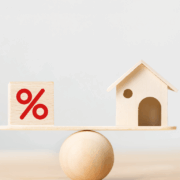
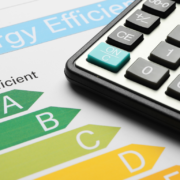

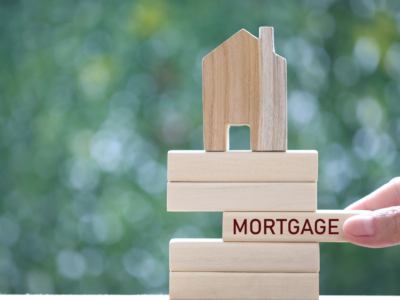
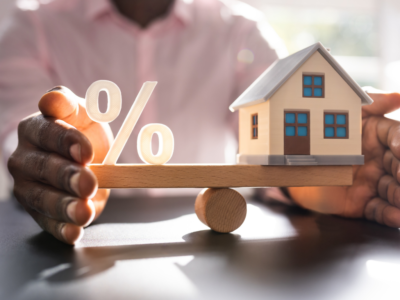




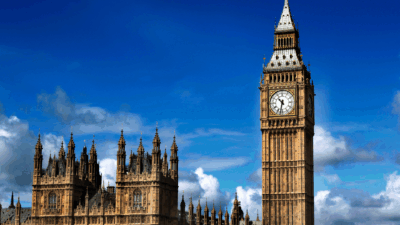
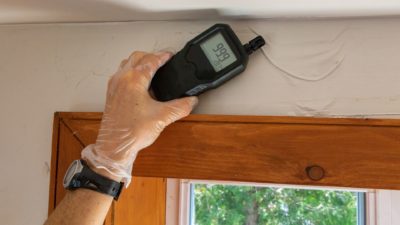






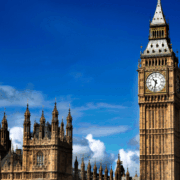




Comments